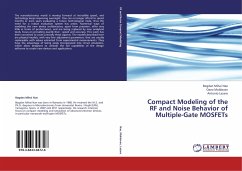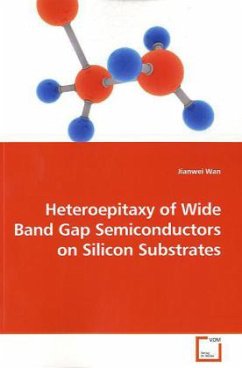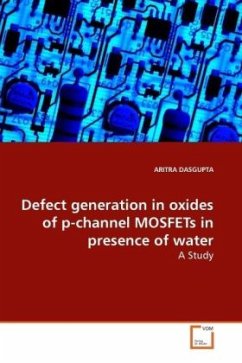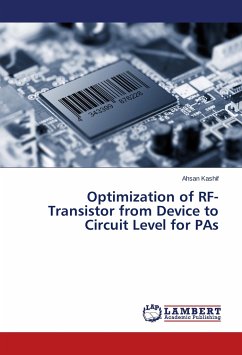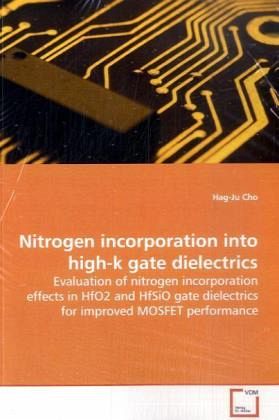
Nitrogen incorporation into high-k gate dielectrics
Evaluation of nitrogen incorporation effects in HfO2 and HfSiO gate dielectrics for improved MOSFET performance
Versandkostenfrei!
Versandfertig in 6-10 Tagen
45,99 €
inkl. MwSt.

PAYBACK Punkte
23 °P sammeln!
What effects would take place by doping nitrogen into high-k gate dielectric like SiON? In this study, nitrogen incorporation in Hf-based gate dielectric (HfO2 and HfSiO) has been studied. Thermal nitridation of Si prior to HfO2 deposition is one of the methods for incorporating N. However, it resulted in degraded interface. Thus, topnitridation was explored to prevent oxygen and boron penetration into Si substrate whilemaintaining high-k/Si interface. As a result, thermal stability and immunity to boron diffusion were improved. In addition, 2 times higher drive current was further enhanced by...
What effects would take place by doping nitrogen
into high-k gate dielectric like SiON? In this
study, nitrogen incorporation in Hf-based gate
dielectric (HfO2 and HfSiO) has been studied.
Thermal nitridation of Si prior to HfO2 deposition
is one of the methods for incorporating N. However,
it resulted in degraded interface. Thus, top
nitridation was explored to prevent oxygen and boron
penetration into Si substrate while
maintaining high-k/Si interface. As a result,
thermal stability and immunity to boron diffusion
were improved. In addition, 2 times higher drive
current was further enhanced by applying high
temperature forming gas annealing at 600C. To
achieve higher nitrogen concentration at the top,
HfSiON (k~12-16) was used. None of nitrogen in the
upper part of the dielectric diffused to the
interface of HfO2 and Si substrate for anneals up to
800C. Even higher nitrogen concentration at the top
was achieved by NH3 annealing of the gate dielectric
which resulted in EOT 10 Å. The experimental
results of this study suggest that nitrogen profile
engineering for high-k materials is a promising
technique to improve MOSFET performance.
into high-k gate dielectric like SiON? In this
study, nitrogen incorporation in Hf-based gate
dielectric (HfO2 and HfSiO) has been studied.
Thermal nitridation of Si prior to HfO2 deposition
is one of the methods for incorporating N. However,
it resulted in degraded interface. Thus, top
nitridation was explored to prevent oxygen and boron
penetration into Si substrate while
maintaining high-k/Si interface. As a result,
thermal stability and immunity to boron diffusion
were improved. In addition, 2 times higher drive
current was further enhanced by applying high
temperature forming gas annealing at 600C. To
achieve higher nitrogen concentration at the top,
HfSiON (k~12-16) was used. None of nitrogen in the
upper part of the dielectric diffused to the
interface of HfO2 and Si substrate for anneals up to
800C. Even higher nitrogen concentration at the top
was achieved by NH3 annealing of the gate dielectric
which resulted in EOT 10 Å. The experimental
results of this study suggest that nitrogen profile
engineering for high-k materials is a promising
technique to improve MOSFET performance.





